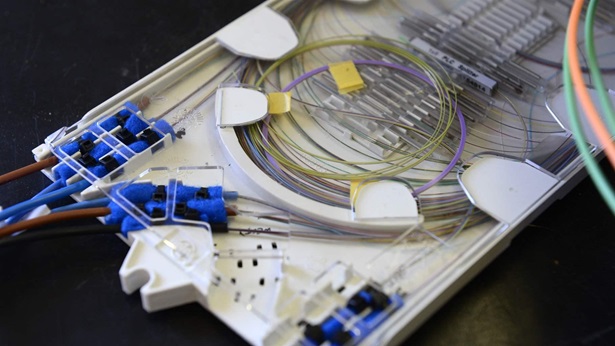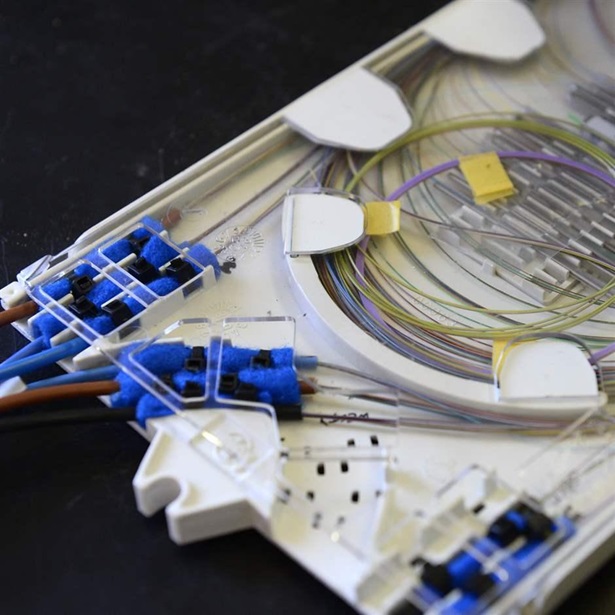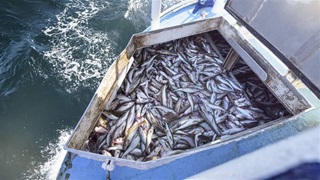What Is the FCC’s New Broadband Map and Why Does it Matter?
The effort to highlight where high-speed internet is and is not available will affect state funding

The Federal Communications Commission on Nov. 18 released an updated map detailing broadband availability nationwide that will be used to allocate $42 billion in federal funds to states and territories to help expand access to affordable high-speed internet. The agency will update the map every six months with data supplied by internet service providers (ISPs) and allow states, local communities, and the public to submit challenges to its accuracy.
As required by the Infrastructure Investment and Jobs Act (IIJA), enacted in 2021, the National Telecommunications and Information Administration (NTIA) will use the map to allocate Broadband Equity, Access, and Deployment (BEAD) funds. That process will distribute funds based on the number of unserved locations in each jurisdiction, with additional consideration for the number of areas where deploying service will be most expensive. The IIJA also requires states to use the FCC map as a baseline for the BEAD-funded grant programs that they will operate, although policymakers can propose using state-developed maps and additional data to inform final funding decisions.
Experts expect that the FCC map will require several iterations before it accurately reflects broadband availability in many areas. But there are concerns over how quickly the map can be improved before NTIA will need to rely on it for allocating the BEAD funds to states. To make the most of this historic federal investment, states will need to build out the FCC map with their own mapping and data collection efforts as quickly as feasible.
Understanding the FCC map
The map has been built on two distinct data sets: what is known as the “broadband serviceable location fabric” and provider-submitted service availability data. The location fabric shows individual structures such as homes and businesses that could use broadband service, while the service data shows where ISPs offer broadband service. The agency’s previous attempts to track broadband availability showed only census block-level data and, as a result, broadly overstated who had service. The agency’s new approach to display service availability data at the level of individual structures will create far more granular maps.
To improve the accuracy of these data sets, the FCC also created a process for states, local communities, and the public to challenge the location fabric and service availability data. For example, New York announced in October that it had submitted a bulk challenge for more than 31,000 locations that were missing from the first iteration, compared with the state’s own map of unserved locations.
To guide state broadband offices and local officials in this process, The Pew Charitable Trusts along with our partners at The National Broadband Resource Hub hosted an FCC mapping webinar in October that highlighted how states and local officials can participate in this process.
Importantly, the FCC’s newly published map does not yet include these challenged locations. Once location fabric challenges are resolved, the updated data will be distributed to providers before the next round of reporting, which will start on Dec. 31. The window to challenge the service availability data is now open and submissions will be processed on a rolling basis.
Potential concerns
Although the FCC’s new map is more granular than earlier versions, stakeholders, including providers and local leaders alike, are concerned about lingering blind spots. First, as New York’s challenge suggests, the initial location layer used by providers was missing a significant number of locations, and providers could not report service at a location if it did not appear on the map.
Second, although public challenges to the map will be accepted on a rolling basis, there is a short window when a challenge can affect NTIA’s funding allocation formula. NTIA recommends submitting challenges before Jan. 13 in order to make it into the version that will be used to set the state BEAD allocation formula, which will be announced by June 30. If the full scope of unserved locations in a state is not reflected on the map by that time, that state might not receive its fair share of funding.
Further, the process for submitting challenges can be complicated and time consuming, making it difficult for stakeholders to submit valid challenges in time. For example, speed tests, a common tool for crowdsourcing maps of broadband service, are not considered by the FCC as sufficient evidence on their own for challenging fixed service on the map, although they will be allowed for challenging mobile service.
Lastly, because of its design, the new map displays only where broadband service is “available,” without capturing the affordability or quality of the service offered. This binary definition of internet access is insufficient for what NTIA and states will need to ensure that every American has access to reliable, affordable high-speed internet.
The FCC’s new map is far more sophisticated than its predecessors, but its structure raises more sophisticated challenges as well. Improving the accuracy of the map through this first public challenge window—before NTIA sets the funding allocation for the BEAD program—will be critical to ensure that each state has sufficient funding to make progress in closing the digital divide.
Jake Varn is an associate manager and Lily Gong is an associate with The Pew Charitable Trusts’ broadband access initiative.












